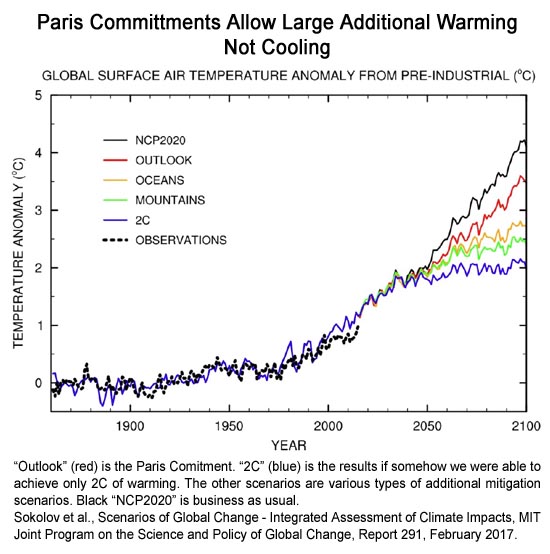
Frostweed On A Warming Planet First published by Bruce Melton PE in the Austin Sierran as a part of its cover image description on February 7, 2024 The most common species of frostweed in Central Texas is, Verbesina virginica. These “ice flowers” come from ice exuded by the stem. It takes a good hard freeze…










